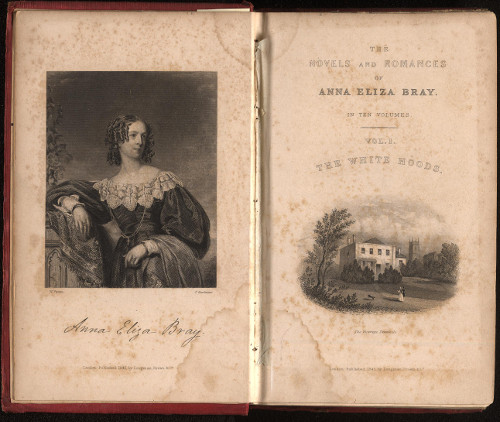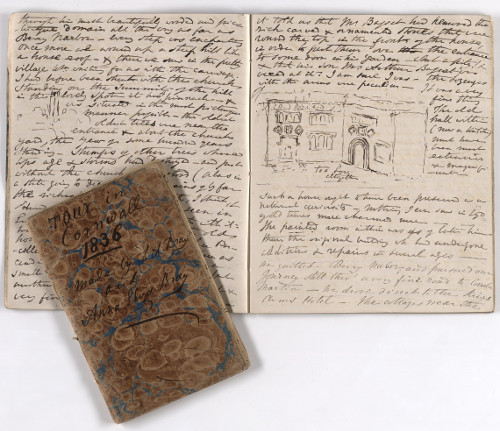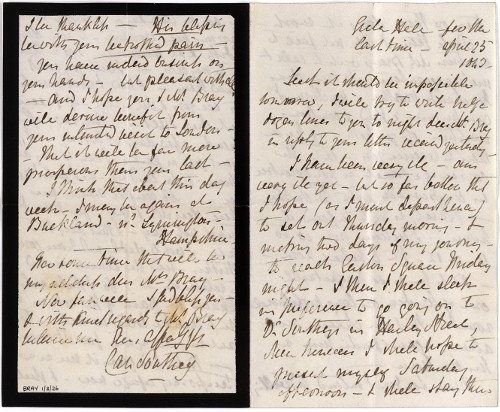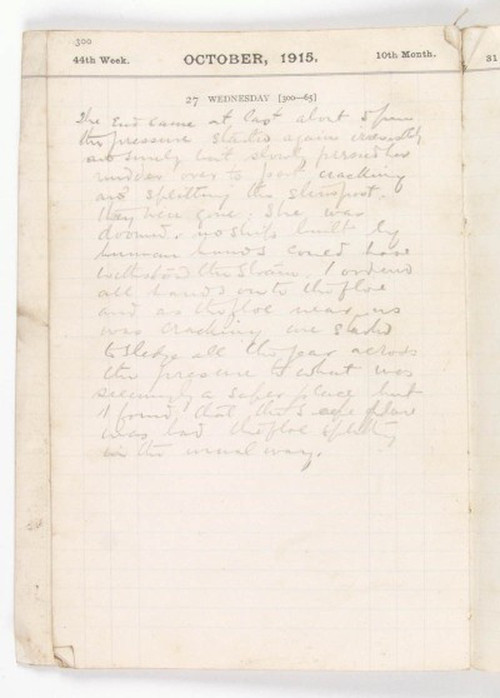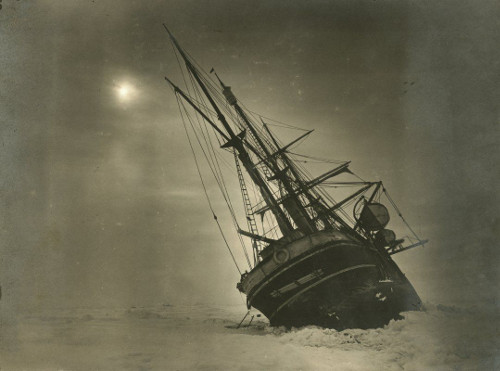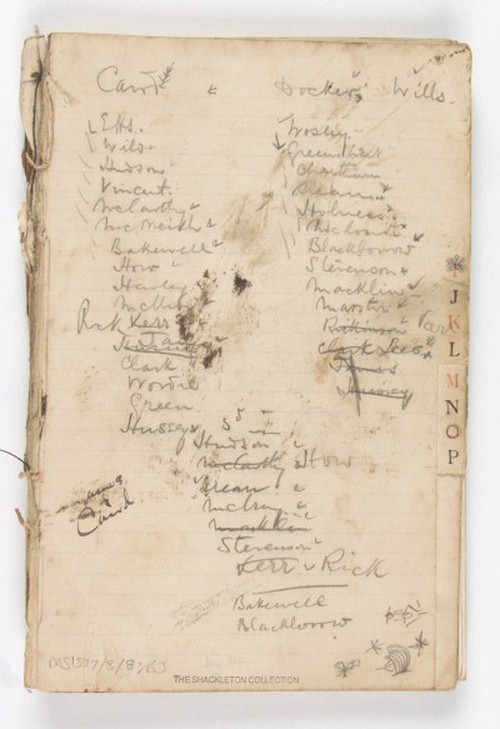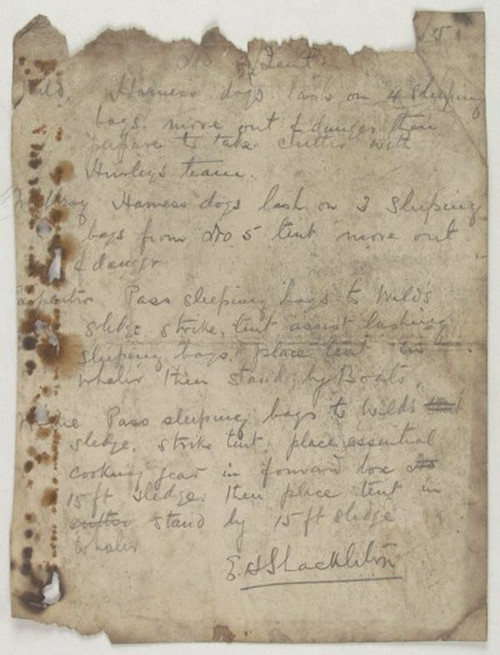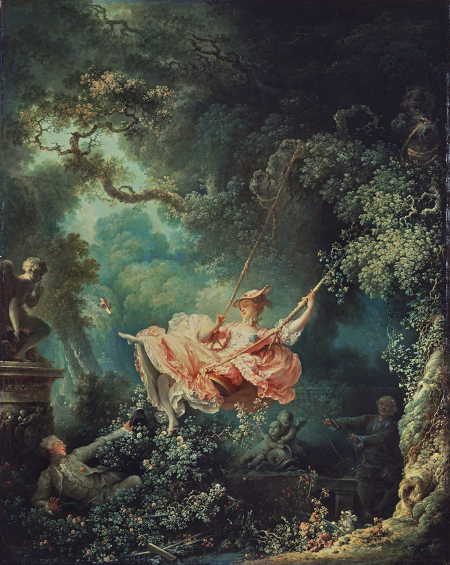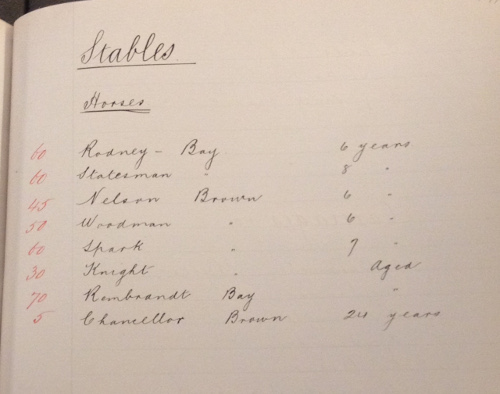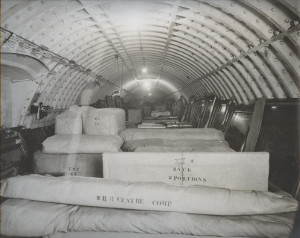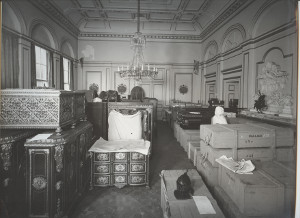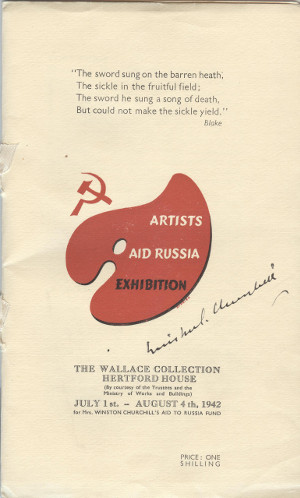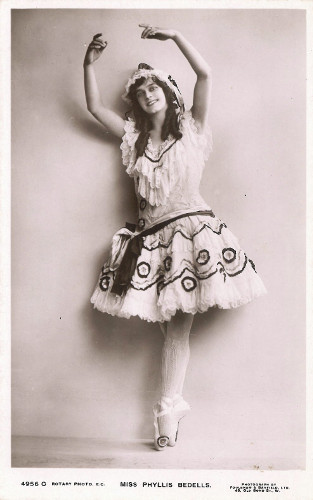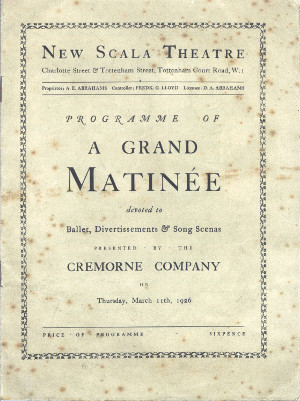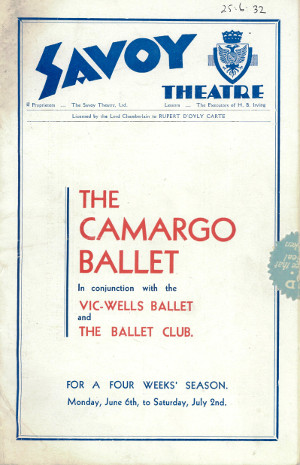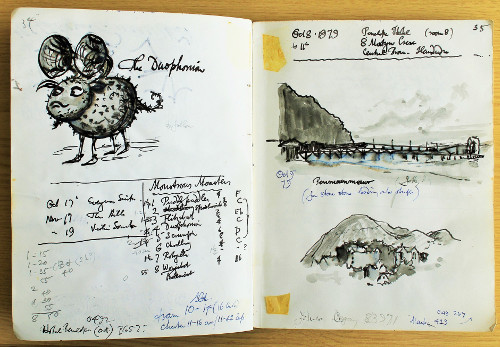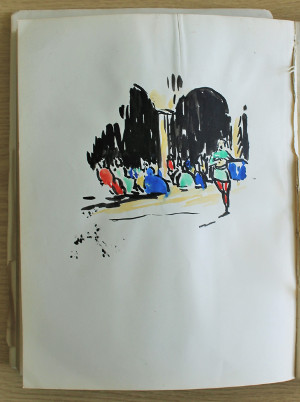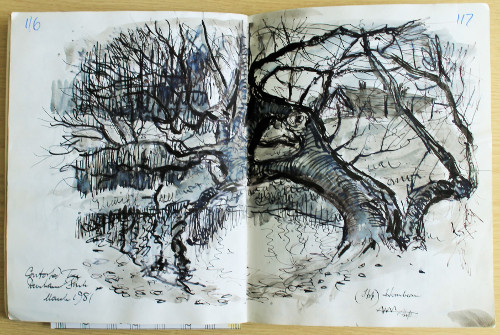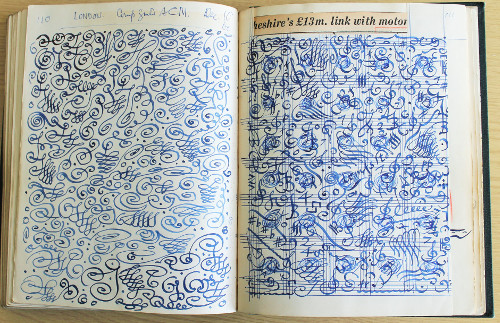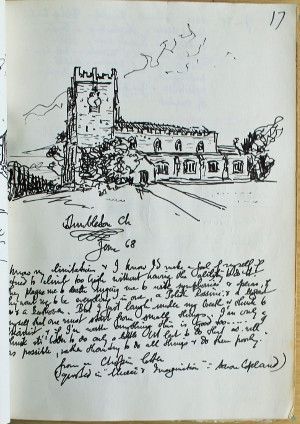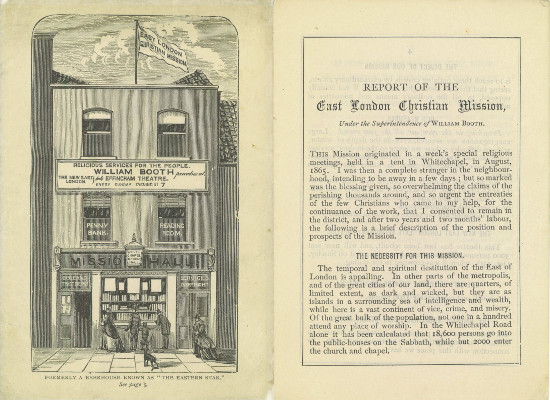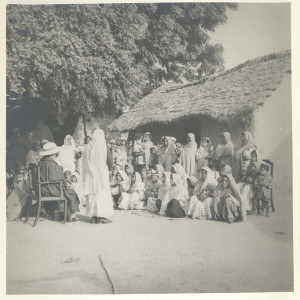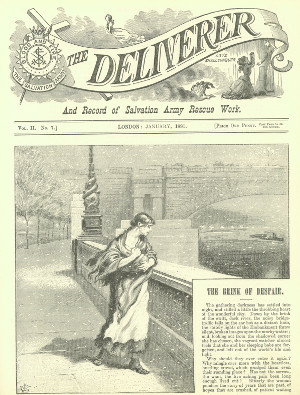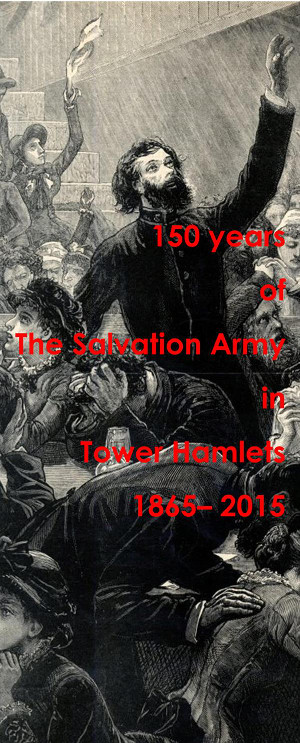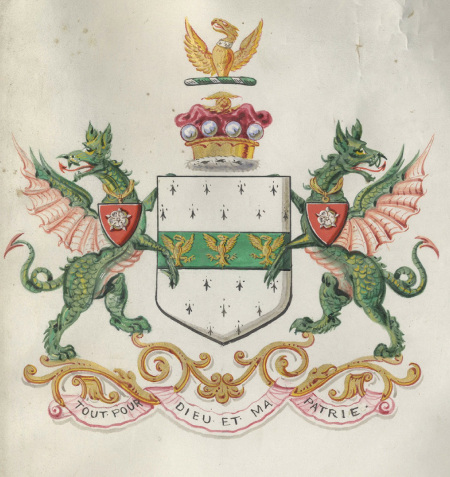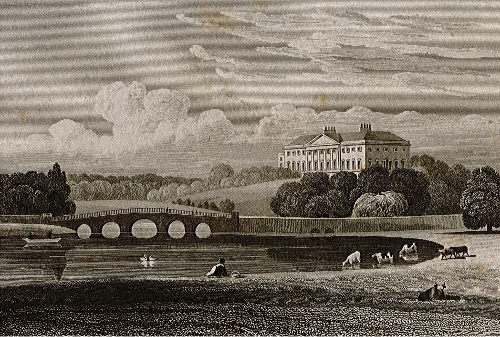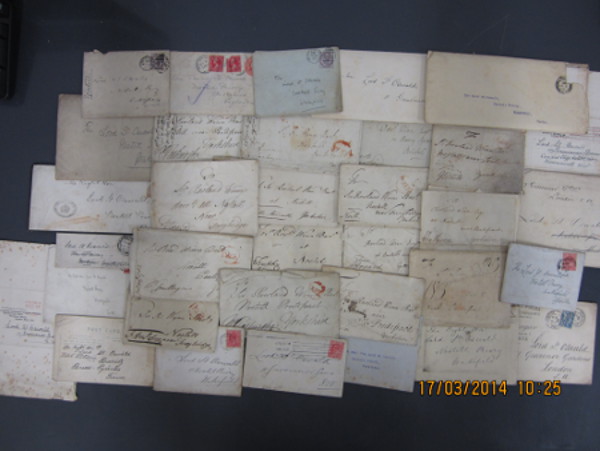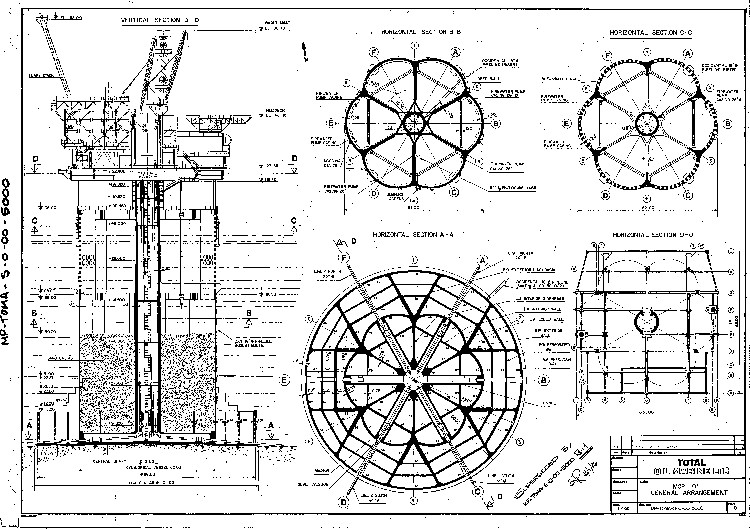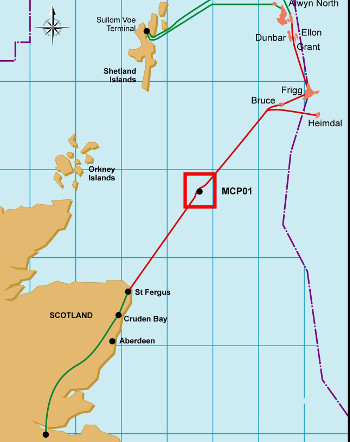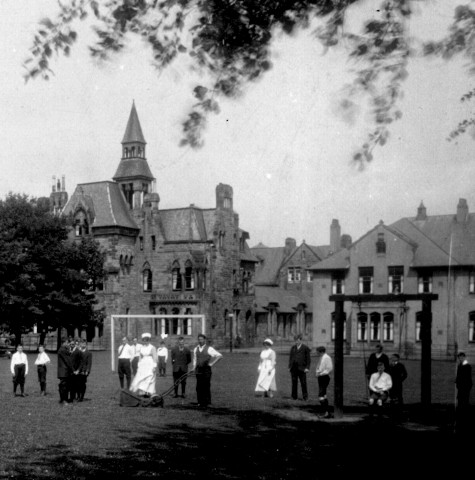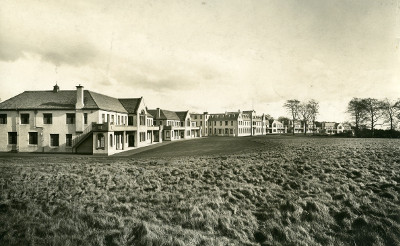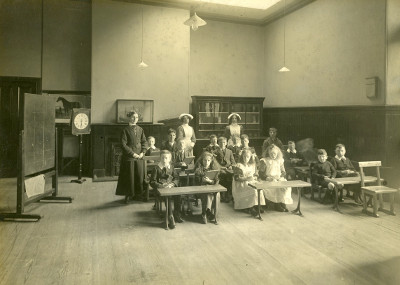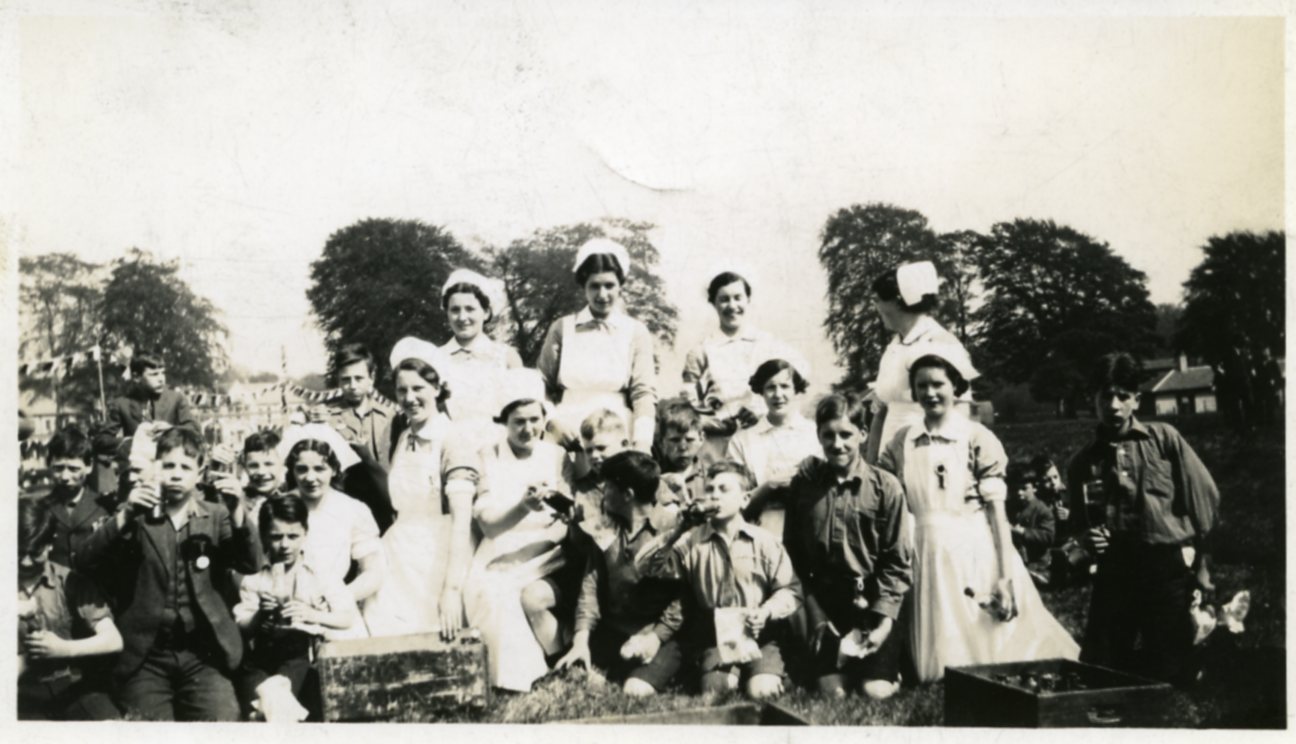Browse descriptions on the Archives Hub relating to cars and motoring.
Archives Hub feature for December 2015
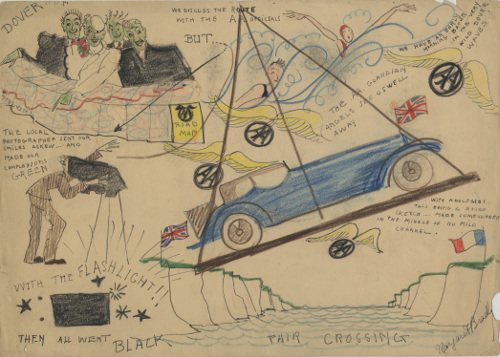
The National Motor Museum Trust Motoring Archives
The National Motor Museum Trust Motoring Archives contain approximately 300 collections, which relate to numerous aspects of motoring history, including speed records, motor sport, businesses and famous personalities. Material is held in support of the National Motor Museum’s wider Collections, and is well used as part of the Research Service.
The archival collections are varied; subjects range from motoring personalities, motor sport, and companies, to road safety, alternative fuels, and vehicle design. Some highlights include:
- Bluebird Collection – records relating to the various Blue Bird cars with which Malcolm Campbell took on the World Land Speed Record; and also the Bluebird cars and boats with which Donald Campbell took on the World Land and Water Speed Records;
- Carless, Capel and Leonard Collection – clippings, account books, company records and advertisements for the distilling and oil refining business, dating from 1875-1950s;
- The personal papers of motoring personalities such as Malcolm and Donald Campbell, Peter Collins, Henry Segrave and Morna Lloyd Vaughan.
The Bradley Collection
There may be airways and railways and steamers, but only a car will take you bag and baggage from the very heart of London to that core of oriental splendour, Istanbul, whilst you sit in the same seat. I nearly said magic rug and recalled the famous bewitched travel, for there is modern magic in that long highway which runs through nine different countries, demands that you should speak, or – what is more important – make yourself understood in nine consecutive languages, and pass airily through eight frontier stations. But in exchange for this is adventure, interest, pleasure and excitement that only motoring will give.
Margaret Bradley, 1933
The Bradley Collection contains material relating to a survey of a transnational road from London to Istanbul. The collection includes a promotional booklet published by the Automobile Association (AA), and all of the original artwork produced by Margaret Bradley during the trip.
The London to Istanbul Highway
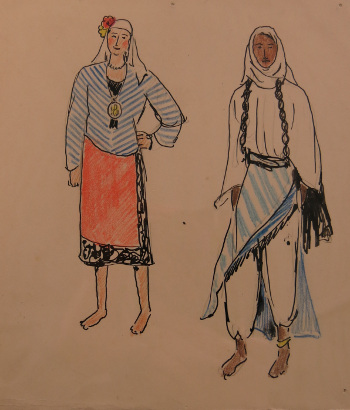
In the early 1930s, the AA commissioned a survey for a Transcontinental Highway, an initiative that was proposed by the Alliance Internationale de Tourisme (AIT). This was to be a road allowing motorists to travel quickly and easily across Europe with ‘no more complications than booking a seat at the theatre.’ It would cross France, Belgium, Germany, Austria, Hungary, what was Yugoslavia, Bulgaria and Turkey. The road, extending for almost 2000 miles, was intended to continue onwards east to India and south to Cape Town.
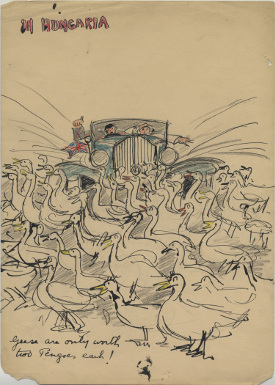
In 1933, the renowned correspondent William Fletcher Bradley did the driving for the epic trip, with his daughter Margaret as the ‘official artist and navigator.’ The journey was made in a ‘handsome blue’ Siddeley Special open tourer with Vanden Plas (England) Ltd coachwork. This was at a time when, as Margaret Bradley said in 1985, roads ‘were more often than not just fields!’. Her father wrote in 1933: ‘not that the road is bad anywhere, but much of it is suggestive of the leisurely traffic of fifty years ago.’
The resulting booklet published by the AA and all of the original illustrations from the booklet are held within the Motoring Archives, having been donated by Margaret Bradley in the mid-1980s. Bradley also drew numerous sketches of their adventures and the characters that she and her father met en route.
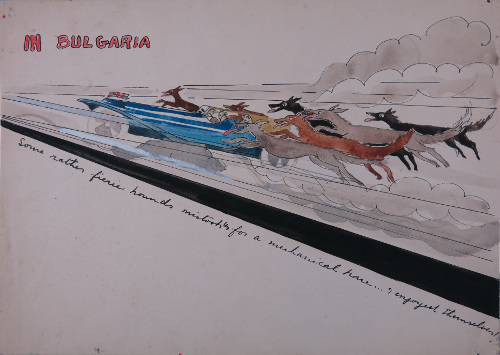
Our wheels strike a modern highway where normal speed can at last be resumed. We are approaching the end of our long journey. Suddenly we pass from the darkness into the light and overflowing life of a great city. Domes and minarets, electric signs and primitive shops, tramways and pack mules, a seething crowd…We have reached the Golden Horn. We have traversed the great International Highway.
William Fletcher Bradley
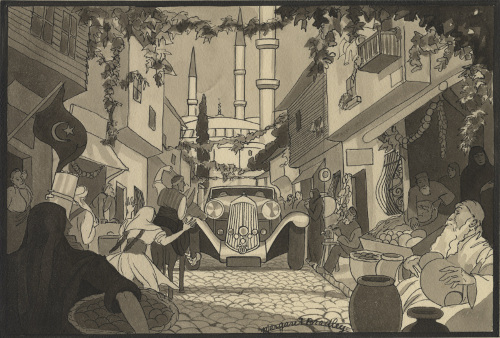
A final word from Margaret Bradley:
‘The world is indeed a great place when you’re a motorist!’
Access
The Bradley Collection is available to view on Archives Hub. More information about the Motoring Archives can be found on our Archives Hub contributor’s page, or on our website.
Helen Sumping
Archivist
National Motor Museum Trust, Beaulieu
Related:
Browse the collections of the National Motor Museum on the Archives Hub.
All images copyright the National Motor Museum Trust and reproduced with the kind permission of the copyright holder.

